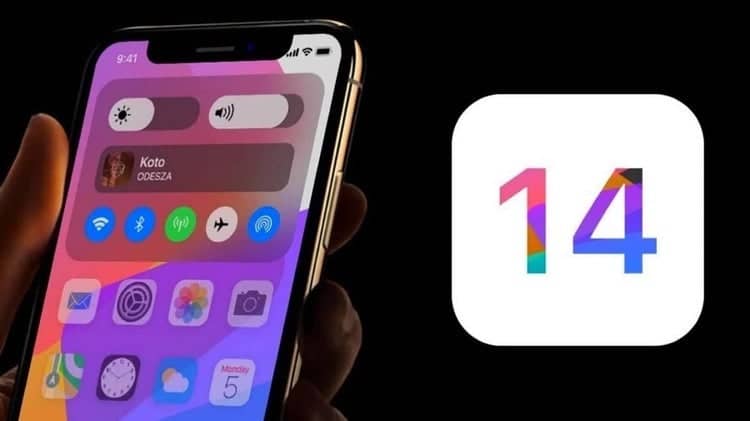For decades marketers have built their brands with TV advertising. It’s a well understood media by agencies and has proven to build awareness and drive sales. The power of TV advertising lies in the combination of video + audio + image over 30 seconds to communicate a powerful brand story. However, linear TV has its limitations: upfront costs can be high, long lead times in months and lack of data for targeting and measurement; not to mention that this restricts TV to brands with large pockets and agencies. CTV is changing that and disrupting an established way of advertising by addressing those pain points and in creating a level playing field, it opens up CTV advertising to any business. Moreover, consumer habits are changing, switching away from traditional TV and to on-demand delivered via apps.

CTV enables brands to plan and buy ads that appear in the apps found in Smart TVs. Ads can be targeted by genre/show, location, time of day and audiences. The ads normally appear as 30 second commercials in the same way as they do in linear TV. Given the interactive nature of Smart TVs, ads can be interactive or include QR codes for Direct Response campaigns. Also, the process for buying CTV advertising has simplified and automated as the media is traded programmatically.
The amount of advertising inventory being activated for CTV is growing rapidly globally. Most recently, Netflix made the decision to offer an advertising funded service option at a lower cost. Other streaming platforms are likely to go down the ad funded route too.
For app based businesses this presents a unique opportunity to build awareness and drive downloads by tapping into new audiences and channels to market. The usual process to drive downloads is to place ads traded programmatically or via ad networks into mobile apps using banner or video ad formats and serving those ads to users that were most likely to click on the ad and download the app. That approach taps into a mainly global gaming audience; CTV enables app marketers to tap into new audiences that may not use gaming apps/are light gamers. Now that app downloads can be tracked via Mobile Measurement Platforms (e.g. Appsflyer and Adjust), and managed via a few DSPs (e.g. Smdex, tvScientific) and Ad Platforms (Samsung, LG and Roku) and support CTV measurement, this enables app marketers to leverage this data rich channel to support activities such as game launches or new app businesses.

CTV is still a nascent channel but growing but accelerating year-on-year, that means fragmentation, few experts and education is needed to get started.

